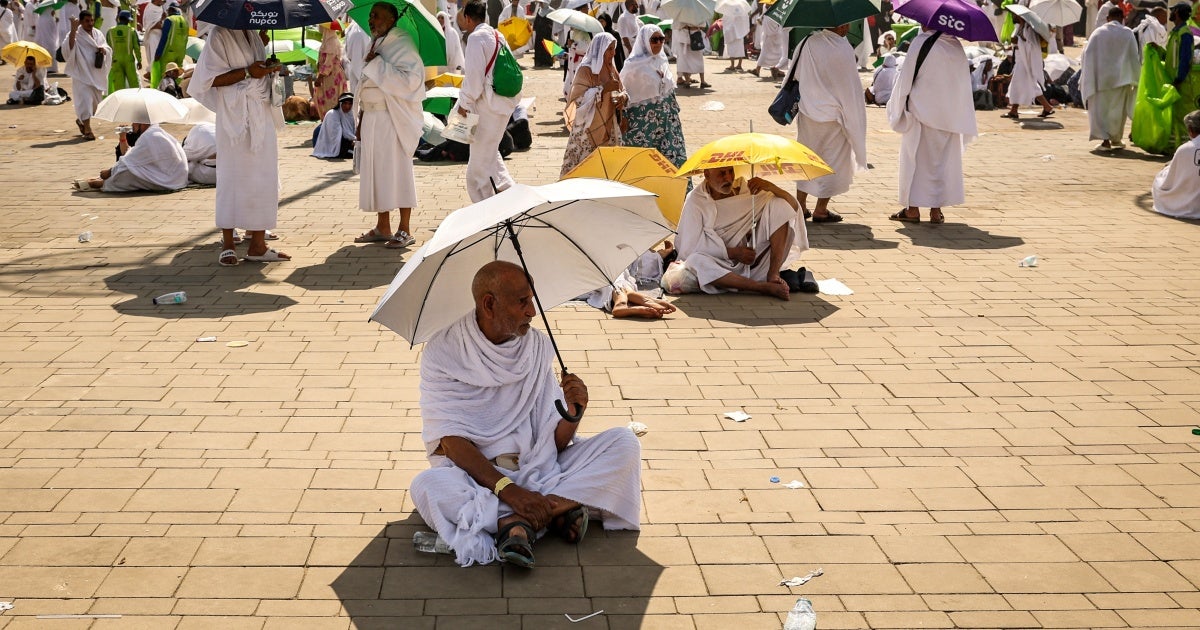Over 1,300 Muslim pilgrims reportedly died during the annual Hajj, or pilgrimage to Mecca, this month in Saudi Arabia, where temperatures have soared beyond 50 degrees Celsius (122 degrees Fahrenheit).
Unmitigated exposure to extreme heat can cause a range of known health harms including organ failure and even death. Heat stress is believed to have caused many of the deaths, a completely preventable event. This reinforces the need for stronger heat protection measures, especially for groups particularly vulnerable to heat stress like older people and people with disabilities.
Unregistered pilgrims were reportedly deprived access to public facilities like air-conditioned tents, misting centers, transportation, or water rehydration areas. High official Hajj costs are considered a primary factor driving unregistered status, with many tour companies sending pilgrims without Hajj permits on mandatory personal visit visas. Authorities have also emphasized that “83 percent of [the dead] did not have permits, meaning they were exposed to long distances and periods under the sun without shelter.…”
However, Saudi authorities have an obligation to protect people’s health from known hazards like extreme heat, which the climate crisis is only making more frequent and intense. Beyond Hajj, they should implement heat protection measures to better safeguard the health of all those at risk.
This is especially urgent given Saudi Arabia’s plans under Vision 2030, which includes increasing the annual number of religious pilgrims to 30 million from 8 million, and holding mega-events in sports and music that could entail extreme heat exposure.
Saudi Arabia also hosts millions of migrant workers who carry out the vast majority of outdoor work and are exposed to extreme heat amid inadequate protections. There are multiple planned “giga-projects” that will rely on this a huge migrant workforce. This includes FIFA’s 2034 Men’s World Cup, which Saudi Arabia – as the sole bidder – is expected to host;, the estimated US$500 billion NEOM city;, the US$50 billion Red Sea project;, and the US$200 billion Al Qiddiya projects. To protect migrant workers, Saudi Arabia should implement risk-based measures such for environmental heat and strenuous work commonly assessed commonly by the Wet Bulb Globe Temperature (WBGT) to impose proper work-rest schedules.
Next year’s Hajj, too, will occur during the summer. While authorities have acknowledged the extreme heat risks and taken measures to mitigate the impacts for pilgrims, this year’s high number of deaths heat stroke cases show that Saudi Arabia needs to do more to address this major public health risk.





